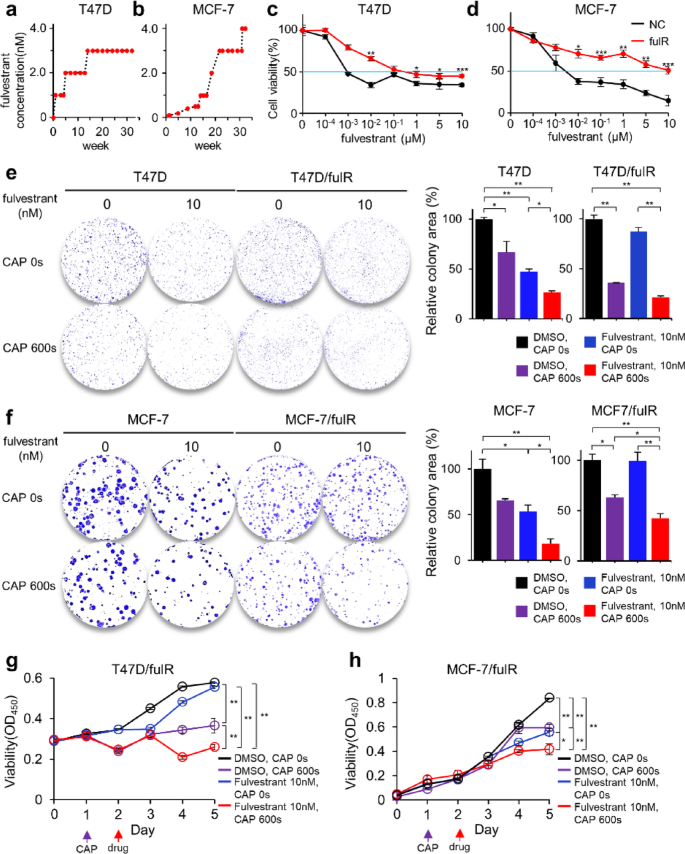Hepatitis C Advisory Council Meeting to Advance Sustainable Development Goal 3
A virtual meeting of the Hepatitis C Advisory Council has been scheduled to address critical public health initiatives. The session’s agenda is directly aligned with the United Nations Sustainable Development Goal 3 (SDG 3), specifically Target 3.3, which aims to combat hepatitis and end the epidemic by 2030. The council’s work also supports SDG 10 (Reduced Inequalities) by focusing on health equity and SDG 17 (Partnerships for the Goals) through collaborative efforts.
Key Agenda Items and SDG Linkages
The meeting will focus on strategic planning and progress evaluation, with each agenda item contributing to the broader 2030 Agenda for Sustainable Development.
- Strategic Updates:
- SAMHSA Grant: A review of the Substance Abuse and Mental Health Services Administration (SAMHSA) grant will be provided. This highlights SDG 17, showcasing a crucial partnership to secure funding for health interventions that support SDG 3.
- Member Updates: Updates from council members will underscore the multi-stakeholder collaboration (SDG 17) necessary to achieve comprehensive public health outcomes.
- Framework for Action: Discussion on expectations and applications will establish a clear operational framework to ensure effective and accountable actions toward eliminating Hepatitis C, a core component of achieving SDG 3.
- Monitoring Progress towards SDG 3.3: The council will review the Hepatitis C Elimination Plan Reporting. This data-driven approach is essential for monitoring progress, ensuring accountability, and making informed decisions to meet the 2030 target of ending the hepatitis epidemic.
- Future Commitments: The formulation of 2026 Commitments will set medium-term milestones, creating a strategic pathway to realize the long-term vision outlined in SDG 3.3.
Commitment to Inclusive Participation (SDG 10)
In alignment with SDG 10, which aims to reduce inequalities, measures are in place to ensure inclusive participation. Individuals with disabilities who require accommodations to participate in the meeting can contact Sarah Weninger, administrative lead, at (701) 328-2366, 711 (TTY), or sweninger@nd.gov.
Please note that discussion of certain topics may be conducted in a closed executive session.
Virtual Meeting Access Details
- Platform: Zoom
- Meeting Link: https://zoom.us/j/94886390408?pwd=4baOAIYgzIc1MklKOZAo2bHFmemOH0.1
- Meeting ID: 948 8639 0408
- Passcode: 982483
Analysis of the Article in Relation to Sustainable Development Goals
1. Which SDGs are addressed or connected to the issues highlighted in the article?
-
SDG 3: Good Health and Well-being
- The article’s central theme is a meeting of the “Hepatitis C Advisory Council” to discuss a “Hepatitis C Elimination Plan.” This directly addresses the goal of ensuring healthy lives and promoting well-being by tackling a specific communicable disease.
-
SDG 10: Reduced Inequalities
- The article explicitly mentions provisions for “Individuals with disabilities who need accommodations to participate in the meeting.” This commitment to accessibility and inclusion aligns with the goal of reducing inequalities and ensuring no one is left behind.
-
SDG 17: Partnerships for the Goals
- The existence of a “Hepatitis C Advisory Council” itself implies a multi-stakeholder partnership involving various members. Furthermore, the mention of a “SAMHSA Grant” (Substance Abuse and Mental Health Services Administration) indicates a partnership between a state-level council and a national agency to achieve common health goals.
2. What specific targets under those SDGs can be identified based on the article’s content?
-
Target 3.3: End epidemics of communicable diseases
- The agenda items “Hepatitis C Elimination Plan Reporting” and “2026 Commitments” show a clear and structured effort to combat and ultimately eliminate a specific communicable disease, which is the core objective of this target.
-
Target 3.5: Strengthen the prevention and treatment of substance abuse
- The mention of a “SAMHSA Grant” is a strong link to this target. SAMHSA focuses on substance abuse and mental health. Since intravenous drug use is a primary mode of Hepatitis C transmission, addressing substance abuse is a critical strategy for preventing new infections and is integral to any elimination plan.
-
Target 10.2: Empower and promote the social, economic and political inclusion of all, irrespective of disability
- The article’s specific provision of contact information for individuals with disabilities to arrange accommodations is a direct action to ensure their inclusion in the council’s public meeting and decision-making process.
-
Target 17.17: Encourage and promote effective public, public-private and civil society partnerships
- The meeting of an “Advisory Council” with “Member Updates” and external funding via a “SAMHSA Grant” exemplifies the collaborative approach promoted by this target, bringing together different stakeholders to work on a complex health issue.
3. Are there any indicators mentioned or implied in the article that can be used to measure progress towards the identified targets?
-
Implied Indicator for Target 3.3:
- The agenda item “Hepatitis C Elimination Plan Reporting” strongly implies the collection and analysis of data to track progress. This would involve indicators such as the incidence and prevalence of Hepatitis C, the number of people tested, and the number of patients who have started and completed treatment, which are necessary to measure progress toward eliminating the disease.
-
Implied Indicator for Target 3.5:
- The “SAMHSA Grant” suggests that activities related to substance abuse prevention and treatment are being funded and implemented. An implied indicator would be the coverage of treatment interventions for substance use disorders or the number of people reached by prevention programs funded through this grant.
-
Implied Indicator for Target 10.2:
- The article provides a qualitative indicator of progress. The explicit action of offering and facilitating accommodations for people with disabilities serves as a measure of an organization’s commitment to inclusive practices in public and political life.
SDGs, Targets, and Indicators Summary
| SDGs | Targets | Indicators (Mentioned or Implied) |
|---|---|---|
| SDG 3: Good Health and Well-being | Target 3.3: By 2030, end the epidemics of AIDS, tuberculosis, malaria and neglected tropical diseases and combat hepatitis, water-borne diseases and other communicable diseases. | Implied: Data on Hepatitis C incidence, prevalence, and treatment uptake, as suggested by the “Hepatitis C Elimination Plan Reporting” agenda item. |
| SDG 3: Good Health and Well-being | Target 3.5: Strengthen the prevention and treatment of substance abuse, including narcotic drug abuse and harmful use of alcohol. | Implied: Coverage of substance abuse prevention and treatment services, funded through mechanisms like the “SAMHSA Grant”. |
| SDG 10: Reduced Inequalities | Target 10.2: By 2030, empower and promote the social, economic and political inclusion of all, irrespective of age, sex, disability, race, ethnicity, origin, religion or economic or other status. | Implied: The provision of accommodations for individuals with disabilities to ensure their full and effective participation in public meetings. |
| SDG 17: Partnerships for the Goals | Target 17.17: Encourage and promote effective public, public-private and civil society partnerships, building on the experience and resourcing strategies of partnerships. | Implied: The existence and collaborative functioning of the “Hepatitis C Advisory Council,” supported by external grants (e.g., SAMHSA Grant), serves as an indicator of a functional multi-stakeholder partnership. |
Source: hhs.nd.gov







